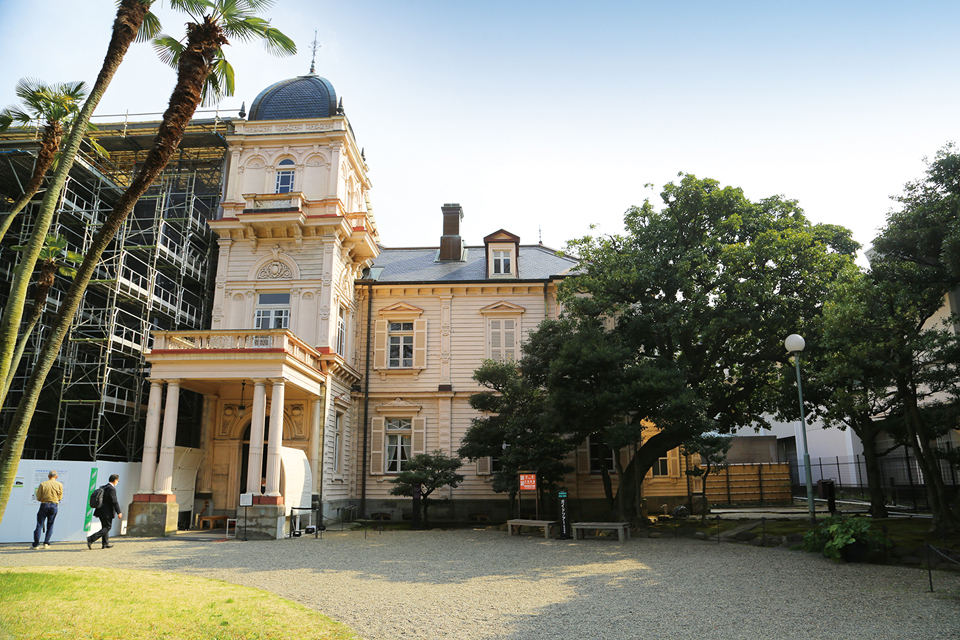




Originally, the villa of Mutsu Munemitsu, a renowned statesman of the Meiji period (1868–1912), these gardens comprise a western-style residence designed by Josiah Conder, a western-style garden where you can enjoy approx. 100 varieties of roses in bloom, and a Japanese-style garden designed by the renowned Kyoto garden architect Ogawa Jihei VII. During the Spring Rose Festival, which is held from May 6–31, the gardens are illuminated at night.
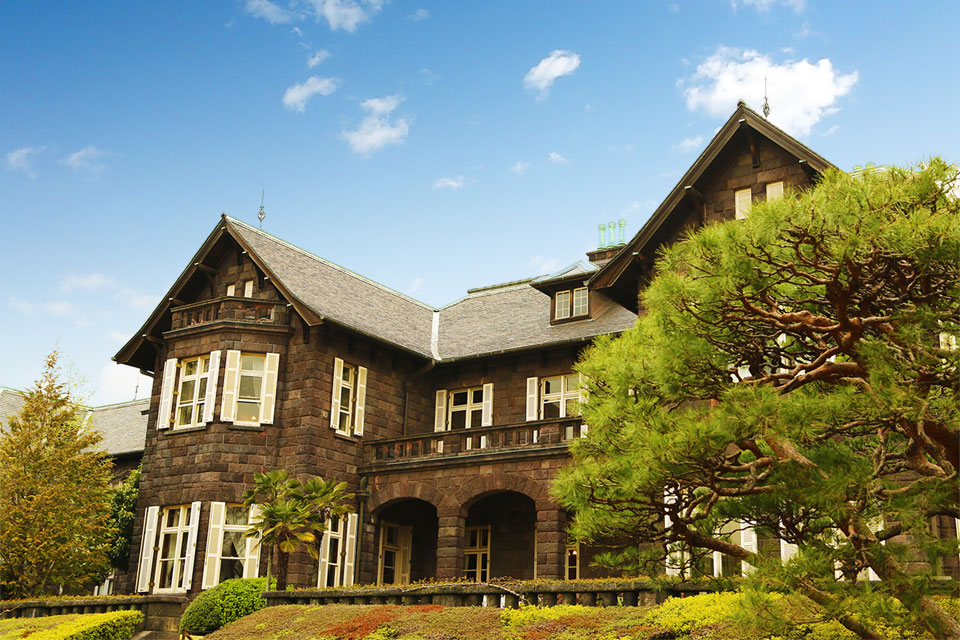
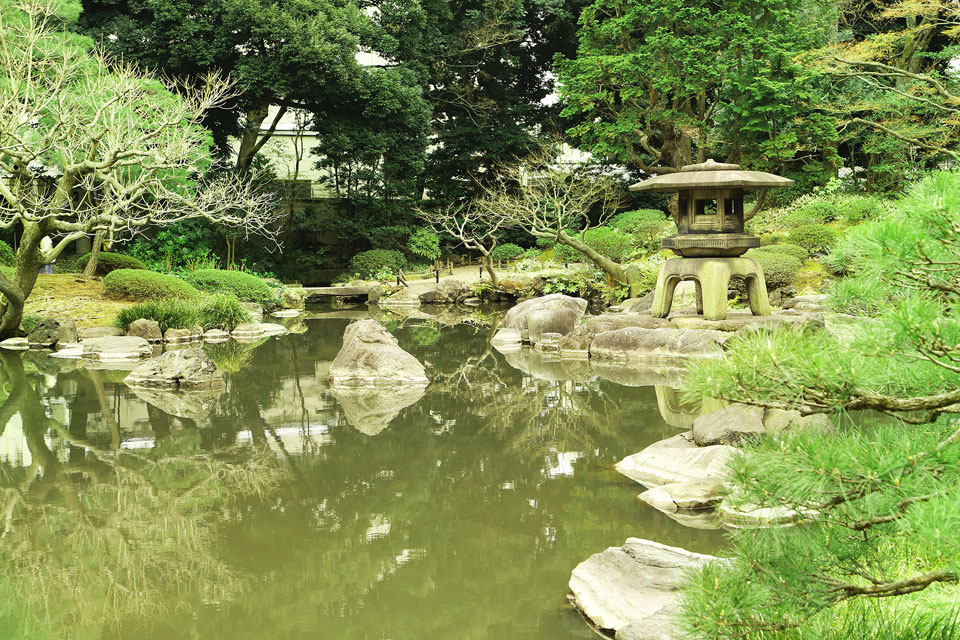

Originally forming part of the gardens of a feudal lord, these gardens were created in 1678 by Okubo Tadatomo a daimyo (feudal lord) of the early Edo period, on land he received from the fourth Tokugawa Shogun, Tokugawa Ietsuna. The sectioning of the garden centered around a large pond and the positioning of stones showcase the characteristic features of a Japanese-style promenade garden. Elements, such as the composition of the famous central island of stones representing Mt. Horai and dry waterfall evoking images of actual waterfalls, enable visitors to experience the wonder of Japanese aesthetics.

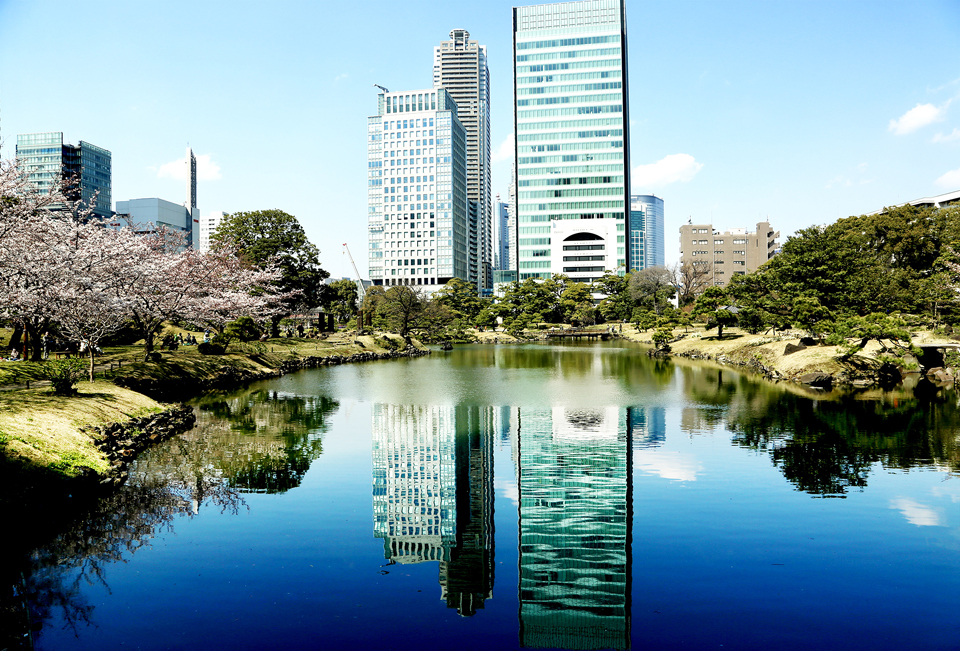

Constructed in 1906 as a garden for the imperial family, Shinjuku Gyoen National Garden comprises gardens in three styles: a Japanese-style promenade garden where visitors can stroll along with the gentle flow of water in the ponds, centering on Tamamo Pond; an English-style garden characterized by vast lawns and enormous trees growing naturally; and a French-style garden featuring spacious lawns lined on opposite sides with sycamore trees.
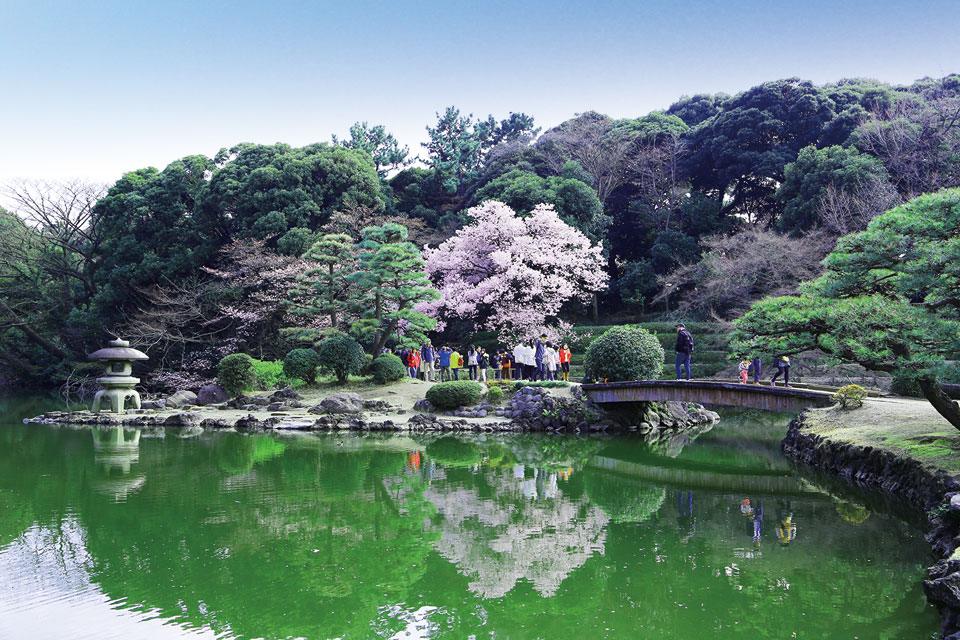
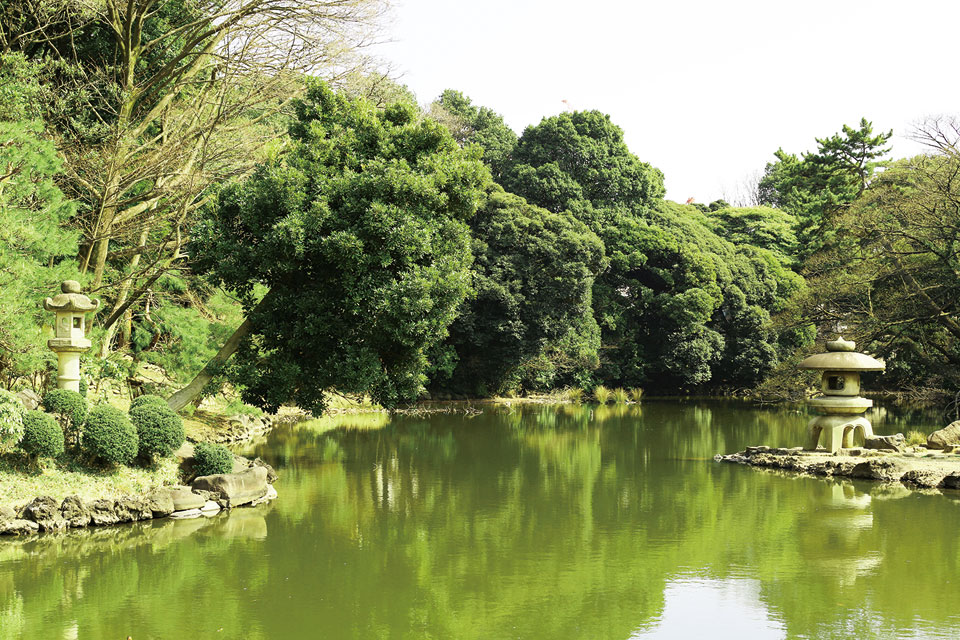

Iwasaki Yataro, the founder of the Mitsubishi Zaibatsu, opened this garden under the name Fukagawa Shimbokuen as a garden for entertaining important guests. Later, a huge pond was created with water from the Sumida River, and exquisite stones brought from throughout Japan were used to complete the landscaping, creating a promenade-style pond and woods garden representative of Meiji era gardens. At the time of the Great Kanto Earthquake (1923) and the Great Tokyo Air Raids (1945), the gardens were used as an evacuation center.



These gardens comprise the former residence and gardens of Iwasaki Hisaya, eldest son of Mitsubishi founder Iwasaki Yataro and the company’s third president. The gardens feature both Japanese-style and western-style elements, and the residential property and three buildings—the western-style residence designed by Josiah Conder, the Billiards House, and the Great Hall of the Japanese-style building designed by master Japanese builder Taiga Kijuro— designated as national important cultural properties as the Former Iwasaki Residence.
